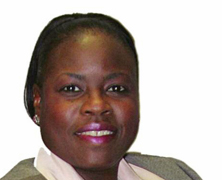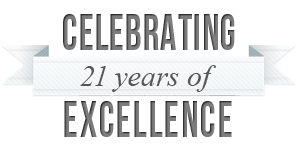The career path to the executive suite is an elusive pathway to define. I would suggest it is a combination of competencies, behaviors and demonstrated performance coupled with seeking breadth of progressive opportunities for well-rounded development. What does that mean?
Having a combination of competencies means knowing your domain discipline extremely well. Then, expand your capabilities to include associated competencies necessary to be a leader of excellence such as leadership, finance, contracts, products, markets, customers, etc. The soft skills of relationship building, negotiation, persuasion and influencing are also important competencies. Having these capabilities and knowing when and how to use them is essential to forging ahead on the executive career path.
Our behaviors shape the perceptions of our subordinates, co-workers and leaders of the type of leader we are becoming. It is important for leaders to make decisions, lead in varying contexts, consistently deliver results and have strategic visioning capability. How we do this defines our style. On the way to the executive suite, we must determine a style that is effective for us individually, but also communicates to others a style they desire to work with and follow. Achieving this requires intentional effort in self assessment, feedback solicitation and managing our impact on others through continuous style development. By the way, we all have developmental edges; but a strong dose of integrity, genuineness and accountability softens others’ judgment while providing opportunity for coaching and mentoring.
Demonstrated performance and breadth of opportunity are relatively self-evident tools. Yet, keep an open mind. Opportunities and executive career progression don’t always come in traditional ways. Did you wonder why an engineer with a successful track record of profit and loss (P&L) leadership is now the executive for Diversity and Equal Opportunity Programs?Well, it is open-mindedness, opportunity and vision: Diversity has a business imperative requiring operational excellence that contributes to profitability. Translating operational experience into a diversity framework will provide new and different ways to operationally implement diversity within the Lockheed Martin culture. When I’ve made some progress here … look for me back on the frontline of P&L.







